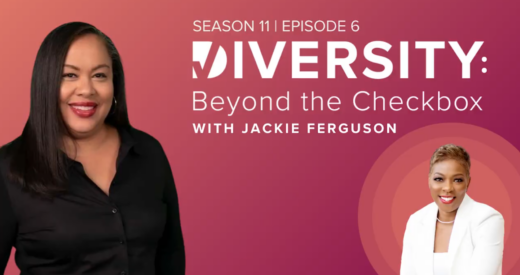Transgender Day of Remembrance (TDoR) is observed annually on November 20th as a way to remember and honor the lives of people who were killed or chose to end their own lives due to ongoing transphobia. This year, it feels especially significant as 2021 was the deadliest year on record for transgender and non-binary folks.
Transgender Day of Remembrance offers a chance for LGBTQ+ people and allies to come together and get involved in various activities that help honor those who have been lost and bring awareness to the continued impact of anti-transgender bias, discrimination, and violence. These activities might include candlelight vigils, church services, story sharing sessions, fundraising events, and more.
A brief history
The first Transgender Day of Remembrance was held in November 1999, in memory of Rita Hester: a Black transgender woman who was murdered in her home in Allston, Massachusetts on November 28th, 1998. There was a wide outpouring of grief and upset among the community after Hester’s death, and a candlelight vigil was held the following Friday, December 4, 1998.
The next year, the advocate and activist Gwendolyn Ann Smith created Transgender Day of Remembrance, originally called the “Remembering our Dead” internet project. Today, it is observed in over 200 cities and over 20 countries around the world.
How you can get involved
There are a variety of ways that you can get involved in Transgender Day of Remembrance. Many communities hold candlelight vigils, which include a reading of names, listing transgender people who have been lost within the past year. You can create your own list of local community members, or use the TDoR In Memoriam list, compiled by the civil rights’ organization GLAAD.
Also, look for opportunities to amplify the voices of transgender people everywhere by sharing reputable information and educational resources via your organization’s internal newsletter, communication platforms, and/or social media accounts. You can find a wealth of information on Transgender Day of Remembrance via GLAAD’s website, the allyship organization Straight for Equality, and The Trevor Project. The American Psychological Association also offers high-quality content to help you become more familiar with transgender issues, especially as they affect your employees, colleagues, and coworkers.
Another important resource to share is the Employment page from the National Center for Transgender Equality, which includes critical questions and answers for transgender employees seeking to understand their rights within the workplace. Studying these resources and implementing their advice can help you to create a more inclusive workplace for all employees.
In short, Transgender Day of Remembrance is not only a day to remember the transgender folks we have lost due to bias, hate, and violence but also a day to celebrate their lives by continuing to honor their legacy and by working towards greater transgender equality. It starts with understanding and awareness.
To get involved in local TDoR events, check with your local LGBT Chamber of Commerce, or consider creating your own event, whether it be a fundraising drive, a day of volunteership, or a virtual workshop about LGBTQ+ allyship.
By acknowledging and honoring Transgender Day of Remembrance, you demonstrate your continued commitment to inclusion and create valuable opportunities for employees to build empathy, learn about each other, and act as active allies in the workplace.
Jennifer is a writer with over 10 years experience, penning two books on facing chronic pain with positivity. In her free time, she loves to bead, making wearable art.






